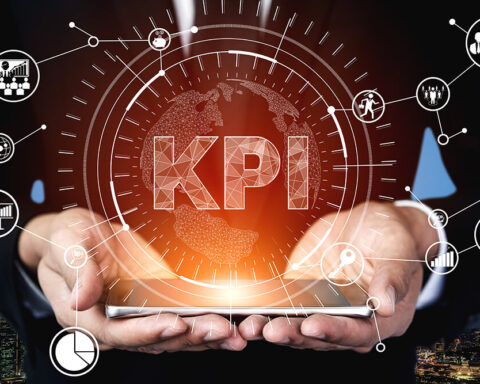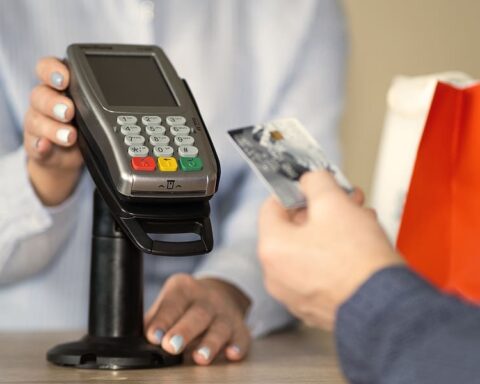When asked about fintech, members of the public often think of payment solutions such as contactless card payments (an industry which is now worth more than $5 billion monthly in the UK alone).
These services are the product of over 65 years of continued technological development and, over this time, fintech has completely revolutionized financial services, from ATMs to trading apps. In this post, we’ll review the ways that fintech has changed the financial markets and offer some thoughts on fintech’s future.
Fintech’s Evolution: A Timeline
One of the first major fintech breakthroughs was credit cards, which were introduced to the mass market in the 1950s. As well as offering convenient lines of credit, these cards made people far less reliant on cash.

Following this, in the 1960s, we saw ATMs first appear on the high street. Bank customers gained time as they didn’t have to queue at their branches for everyday banking activities, such as checking their balance or withdrawing cash. However, the rollout of ATMs was slow and in some countries such as Ireland, ATMs were not installed until the 1980s.
Fast forward to the 1970s and electronic stock trading began on trading floors. This sped up transactions, as trades could be executed at the touch of a button. However, it would still be another 40 years until online trading platforms such as MetaTrader 4 were created, which would mean that trades can now be completed on almost any device. Platforms such as IG even offer multiple options from web-based solutions to mobile and tablet trading apps.
In the 1980s, banks first embraced mainframe computers, which allowed them to improve their record-keeping systems and use more sophisticated data sets within their technology, helping to improve the products and services they could offer.
Finally, the rise of the internet in the 1990s and 2000s allowed e-commerce businesses to flourish, creating an entirely new forum for financial transactions. In 2017, global e-commerce sales reached $2.3 trillion, with 1.66 billion people worldwide buying goods online.
Fintech now and in the future
These technological improvements have created a new financial infrastructure. As well as creating customer-facing solutions, providers have also underpinned this with risk management technology, trade processing software and data analysis tools.
The future of fintech appears to be a continued digitization of products, including digital wallets such as eWallet, payment apps like LevelUp and robo-advisors for wealth management like Betterment.

With many fintech start-ups now exploring larger-scale funding strategies, many experts are wondering how much these companies can disrupt the current financial ecosystem and replace traditional banking.
Until now, retail banking has continued as normal, with fintech provisions complementing traditional banking services. However, many fintech companies are gaining more customers and try to compete with institutional banks. With some banks now beginning to close branches, retreat from the high street and invest in their own fintech solutions, such as Bank of America’s new chatbot, we have reached a stage where banks are clearly concerned by the fintech revolution.
However, overall, it does still appear likely that banks will not disappear completely due to the public’s reliance on them for services such as payslip payments, with the banking industry in the US still worth $17.4 trillion in assets.




